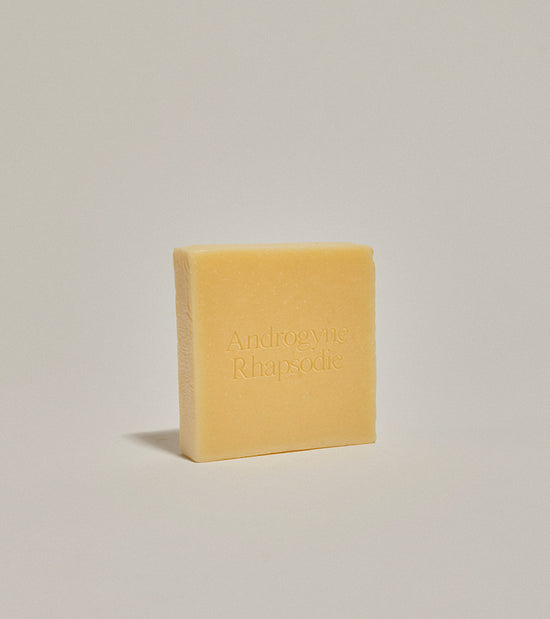To grow up in a pocket of the world that substitutes canopies for skyscrapers and riverbanks for sidewalks is to live in near-total ignorance of the lush marvels held in its reserves. As a child raised by cold concrete cities, my first encounters with nature were in fluorescent-lit aisles, through man’s attempts to package and sell it. Still, it spoke to me—a wordless foreign tongue expressed by the floral high notes of passionfruit concentrate, the fresh aromatics of lavender essential oil, the bright scent cloud of a drugstore body mist called “Hawaiian Ginger.” Scent was a language I loved, even if I didn’t know what was being said, or who was doing the talking.
Naturally, the minute I was armed with a disposable income, I began collecting perfumes. I held each new scent close to the chest like a treasure, a rare book I could slot into the recesses of my fragrance library. They told stories full of words I didn’t know, an elusive vocabulary I was eager to possess. With a fragrance in hand, I would pour over perfume pyramids like a child learning to read, pausing at each word I didn’t know to look up its definition.
A luminous and peppery burst so vivid it is near-neon: yuzu, the lemon’s misshapen cousin, a common ingredient in Japanese cuisine.
An incisive, rousing green that cools as it cuts: galbanum, a gum resin produced by the herb Ferula gummosa, which grows wild on the mountainous slopes of northern Iran.

A voluptuous, waxy white floral, thick as butter: tuberose, a native to Mexico, prim trumpets on their well-postured stems. The first time I saw one in the wild—in a field in the south of France—it brought tears to my eyes.
It’s like getting to know a stranger through voice recordings, or seeing photos of someone else’s vacation. Having become intimate with the memory, I wanted to experience the real thing—which, it goes without saying, is always more dimensional, more evocative, more alive than you’d ever expect it to be.
Meeting the original forms of the smells I’d come to love became a life goal. In lieu of travelling to Bali or seeing the aurora borealis, my bucket list is made up of a series of perfume notes: see a vanilla orchid (check); run my hands through vetiver grass; find a small lump of ambergris on the beach. What is life without treasures and dreams?
Some perfumes are inspired by a love of nature. Others inspire this love in those who wear them. Through my perfumes, I’ve inherited a reverence for the things—animal, vegetable, and mineral—that give odour to our world. An immense gratitude, too: that they’ve given their lives to us, that we could borrow their scents to anoint ourselves.
Luck doesn’t quite encapsulate the feeling. Now, I move through the natural world with a new sense of fluency, getting glimmers of recognition for flowers and fruits I’m meeting for the first time. Last year, walking absent-mindedly through the afternoon heat in Costa Rica, I caught a whiff of a familiar floral scent—almonds, cream and peaches. I looked up to see plumeria blooms overhead, their telltale yellow centres glowing like gold. I had only ever seen them in my Google Image results. Hello, old friend, I said to myself, fondly. I thought that might have been you.
Tracy Wan is a writer and scent consultant based in Toronto. She has yet to find a lump of ambergris on a beach.

